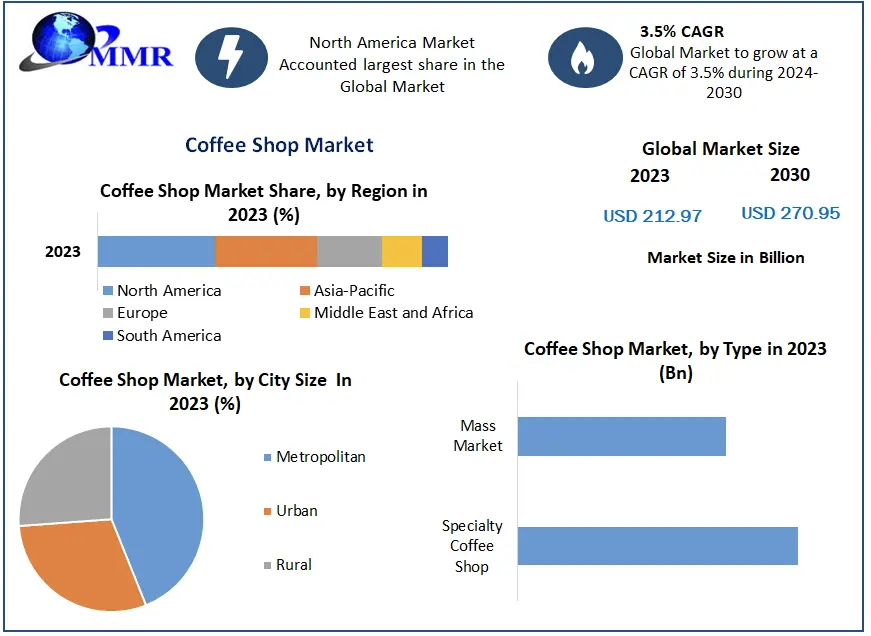Boost Your Revenue: Unveiling the Power of In-Store Inspiration Versus Deals Messaging
Relevant topics Archive, Conversion
On a crisp winter afternoon, you step into your local grocery store, your mind set on tomatoes and lettuce. As you stroll through the entrance, the aroma of freshly baked cookies dances through the air, enticing your senses. A cheerful lady stands nearby, offering warm cookie samples, next to a sign boasting "The Ultimate Chocolate Chip Cookie Recipe."
In that moment, you envision the cozy scene awaiting you at home – enjoying a bite of these delectable treats by the fireplace, perhaps with the kids eagerly helping in the kitchen.
Thankfully, the store has all the ingredients displayed nearby, including a bag of nuts, in case anyone fancies a sprinkle of nutty goodness to complement the rich chocolate flavor.
You came for the tomatoes, but you leave with an experience.
Now, consider this scenario: If you entered the same grocery store and stumbled upon a sign offering a deal like "buy one, get one $2 off" for flour or a stand of nuts with a vibrant "on-sale" sign, would you consider taking advantage of the deal before heading to the produce section?
In a recent study, participants faced similar questions. The results revealed that in a retail setting, inspirational in-store content such as recipes and digital displays surpassed deal-oriented content in driving increased sales of the promoted products or their alternative brand substitutes (Grewal et al., 2023).

Unlike deal-oriented content, inspirational messaging can ignite creative thinking and motivate consumers to achieve their consumption goals, leading to increased spending.
Deal-Oriented and Inspirational Content: Understanding the Distinctions
Typically, deal-oriented content underscores the immediacy or urgency of acquiring specific products through tactics like "temporary price cuts," "24-hour sales," or "today's specials." This approach predominates in many stores, appearing on digital in-store signs (e.g., Fong et al., 2015; Hui et al. 2013) or in-store flyers (e.g., Gijsbrechts et al., 2003). Such promotions often spotlight isolated products, guiding shoppers to spend solely on the featured items (Bezawada et al., 2009).
In contrast, inspirational content revolves around an overarching goal that requires the use of multiple products. The primary objective, such as creating a chocolate chip cookie, drives sales for the highlighted brands and substitute brands or products. With deal-oriented communication, the incentive (e.g., coupon, promotion) is tied to a specific brand, reducing the likelihood of consumers exploring alternatives.
Inspiration encompasses two critical elements: a cognitive aspect, where consumers find inspiration externally (e.g., communication content), and a motivational aspect, where they feel compelled to act on the newfound idea (Thrash, 2003; Elliot, 2004). Consumers are inspired by something, motivating them to take action toward achieving the ultimate goal, such as preparing the dish featured in the recipe.
Unlike deal-oriented content, inspirational content can stimulate creative thinking and ignite motivation to achieve consumption goals. This, in turn, fosters stronger intentions to purchase items and ultimately results in increased spending.
Results and Application:
Despite assumptions that deal-oriented content would lead to higher spending due to its broader relevance, results of experimental studies, a field experiment, and an eye-tracking analysis consistently demonstrated across diverse field and online studies that inspirational content surpasses deal-oriented content in driving shopper spending challenging conventional wisdom and providing clarity for managerial decisions. Retailers are encouraged to incorporate inspirational content into their communication strategies, as this content has been shown to improve revenues and unit sales compared to situations where deal-oriented content is typically promoted, or no content is provided.
Secondly, inspirational content typically triggers heightened consumption goals, increasing intentions to purchase focal and substitute products. Specifically, when a recipe is provided, it increases the likelihood of consumers purchasing the focal product mentioned in the recipe and substitutes for other products referenced in the recipe. Retailers are advised to anticipate this behavior and ensure that substitute items for the products suggested by the inspirational content are readily stocked and prominently displayed. This proactive approach accommodates shoppers who may purchase these substitute items after being inspired by the content, allowing them to achieve their goals in slightly modified ways from those initially suggested.
Additionally, inspiration can be triggered or primed through various means, including in-store signage, a recipe, and exposure to static content, such as covers of cooking magazines. These inspiration sources have the potential to ignite creative thinking and stimulate motivations for achieving consumption goals, resulting in heightened intentions to purchase and increased spending. Notably, inspiration can be evoked through both textual elements and imagery.
Retailers can prime shoppers with consumption goal completion, enhancing their awareness of their purchase goals. They can leverage various forms of in-store communication to influence shoppers directly. For instance, sending goal-related reminders to shoppers' mobile devices or utilizing digital signage with beacon technology in conjunction with kiosks to remind shoppers of previously stimulated goals.
A notable and counterproductive pattern arises from the combination of deal-oriented and inspirational content. Specifically, content that detracts from the broader inspirational message proves less effective in stimulating shopper spending.
This observation carries significant implications for retailers, who commonly integrate different types of content within their communications. Retailers are encouraged to refrain from blending traditional deal-oriented content with inspirational messaging. Clarity is key.
It is essential to note the study's findings are demonstrated through recipes and digital displays. Future research could be beneficial in exploring the impact of inspirational content in various contexts such as clothing, arts and crafts, electronics, and beyond.
Further Reading
-
'Would you like a coffee with that?' How Buyers Spend Almost Double When Drinking Coffee or Tea Before Purchase
It’s early morning and you’re having your first coffee. Not too strong, not too weak. Just as you like it. You feel energized. Ten minutes later you’re on your laptop checking your emails and your social media. You decide to look at your Amazon account and see if your favourite coffee table is still available. Yes, it is, and it now includes free shipping! Add to cart. You’re now recommended luxury scented candles to match the table design. As well as beautiful decor items such as a chic lamp, a stylish vase and a set of artificial plants in pots that are way too expensive (even if water-wise)! Not a planned shopping spree, but you feel compelled to get them all. OK, done! Just four days until they’re shipped!
Wait, how did this happen? Did your coffee have anything to do with it? And if so, is coffee capable of making me shop more every time I have a cup of it?


